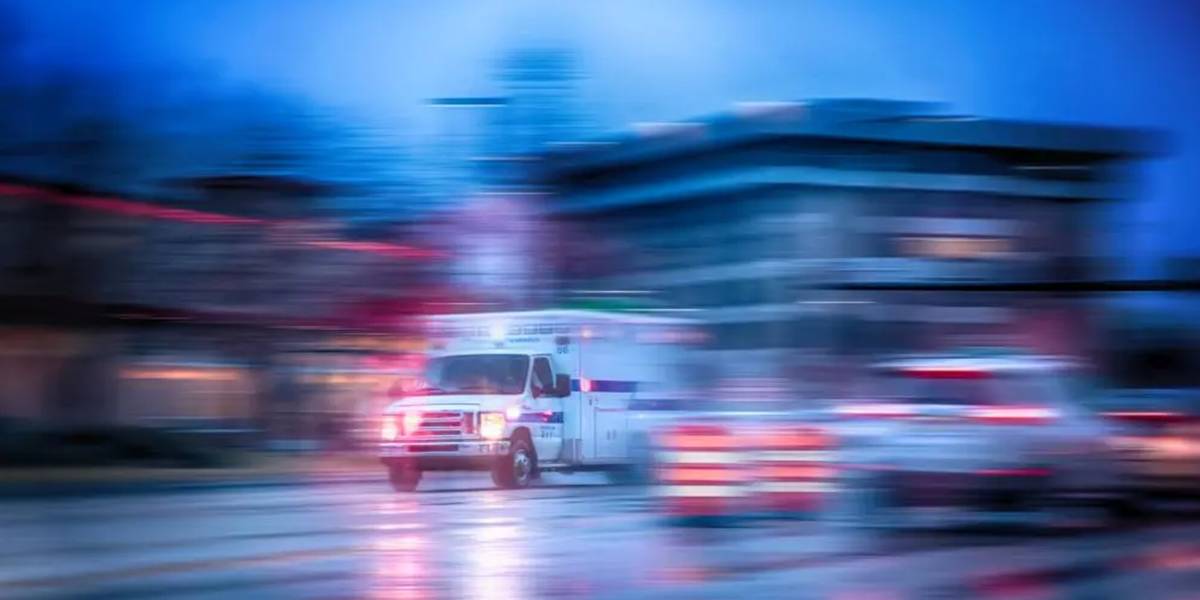Health & Human Services - Jul 06, 2022
Behavioral Health Crisis Care’s Carpe Diem Moment

One of the greatest disparities in health care is the way in which our society addresses behavioral health emergencies. While a 911 call for chest pain results in an ambulance response with trained emergency medicine technicians, a call for suicidal ideation often triggers an armed law enforcement response. With police as the default first responders, individuals in behavioral health crisis account for a quarter of police shootings and more than 2 million jail bookings each year. These disparities are amplified for people of color. Black Americans are 2.6 times more likely to be killed by police than non-Hispanic whites—but for Black Americans with mental illness, the risk is nearly tenfold.
The inequity continues at the emergency department (ED), where the patient with chest pain receives rapid assessment, treatment, and, if needed, admission to an inpatient bed, usually in the same hospital. The individual with the behavioral health emergency has a very different experience. Most EDs and hospitals lack the capability to provide psychiatric assessment and treatment. Instead, an individual can “board” for hours, even days, awaiting transfer to an outside facility for inpatient psychiatric admission. In addition to the poor experience for the individual in crisis, this creates significant operational and financial burdens on the health care system. We can and should do better.
Fortunately, multiple catalysts have converged to create the right conditions for transformative change:
- The pandemic and its associated stresses have elevated awareness of the importance of behavioral health care. Relief packages and other pending legislation contain increased funding for expanded behavioral health services, infrastructure, and workforce, often with broad bipartisan support.
- The new 988 mental health crisis line goes live in July. While the initial soft launch is focused on improving access to suicide hotline services, 988 represents the first step in a much-needed expansion in behavioral health crisis care, similar to how 911 precipitated the development of emergency medical systems (EMS) and trauma care.
- Social justice movements have sparked a national conversation about policing reform. Most agree that law enforcement should not be the default first responders to behavioral health emergencies, and community leaders are looking to build or partner with crisis services as an alternative to police involvement.
To make the most of this pivotal moment, we need a clear vision for behavioral health crisis systems and a pathway to get there. This was our intention in creating the Roadmap to the Ideal Crisis System: Essential Elements, Measurable Standards and Best Practices for Behavioral Health Crisis Response. Written by the Group for the Advancement of Psychiatry (GAP) Committee on Psychiatry and the Community, and published by the National Council for Mental Wellbeing, the report makes several bold statements in its vision, beginning with the use of the word “ideal.” For too long, we have settled for a patchwork of poorly coordinated, inadequately resourced services that do not meet the needs of individuals and families struggling with behavioral health emergencies.
